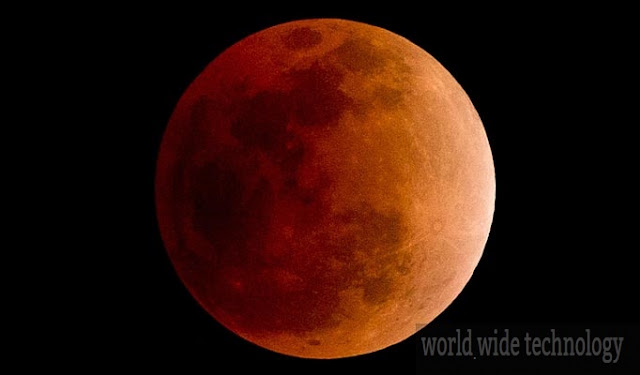Next appointment with history: to reach Mars in 2030.
 |
| Mission to reach Mars in 2030. |
William Gerstenmaier, head of exploration and NASA manned missions, explains the challenges and next steps of the journey to the Red Planet.
One of the questions that is often times do NASA scientists is why it is important to travel into space. Or, put another way, what sense does it make multimillion investments in exploring the boundaries of the Solar System if there are more pressing problems on Earth. Thursday, William H. Gerstenmaier, associate administrator for the Exploration and Operations Manned Space Agency, traveled to Madrid to answer this question once again.
He did it for the fiftieth anniversary of the inauguration of the "Madrid Deep Space Communication Complex," the communications center with deep space Robledo de Chavela (Madrid), which works with NASA. This date was used by the Obra Social La Caixa and the US Embassy in Spain to organize a meeting in which to present the challenges of exploration espacialy the first man on Mars by 2030.
"I do not know whether we will be able to achieve this, there is still much to do," Gerstenmaier acknowledged in a meeting with journalists. There he explained that, pending a decision on whether the work on the International Space Station (ISS), which will end in 2020 or 2024 is extended, and the crew is partly responsible, the agency intends to "break through the cordon umbilical with Earth in the decade of 2020-2030. " What, in other words, it means that space explorers will focus on developing systems that allow crews to be more autonomous.
As Gerstenmaier said, this is crucial if you want to get to the Red Planet, and that "as a crew member of the ISS may take two or three hours to return to Earth if there is a problem, since Mars would take months or years. In addition, the radio signals take 15 minutes to go and 15 in back. "
That desired autonomy happens primarily by tune the next generation of suborbital ships to transport goods and crews. It will also be necessary to carry out new missions in the "experimental zone", a region of space located between Earth orbit and the Moon, to implement the "hardware" and the protocols that would be needed to go to Mars.
Bring robots or humans
But Gerstenmaier said that NASA still has many fronts. First, you must define the duration of the mission and goals of the crew when you get to the Red Planet. In this task seems clear that automated systems will have a major role, although the scientist said that some people would not even consider to send crews to Mars: "There is a very important debate about whether humans or robots must carry on its place, "he said. "I think people will make a big difference for us seríairremplazable know what feelings or experiences have a human on the planet," he added.
Either way, the task is far from simple: "We believe we need to send 20 or 25 structures before you can send a crew. We do not have enough oxygen generators reliable and still have to solve the psychological problems involved isolating crews so long. While the crew of the ISS can you surf the Internet, communication with Mars would slow "listed.
Moreover, in a trip that can last three to four years, the big problem arises provisions "We can not pack everything we would need. We must develop cropping systems-following the lead of the experiment that lettuce grown in the space and check that do not produce too much oxygen or end up contaminated. " On the other hand, the head of NASA said that would lack vitamin supplements and drugs for longer available now.
What was going into space?
He also had time to answer the 'dreaded' question what it is space exploration: "It is important to meet new challenges, getting things we had not done so far-lead at NASA since 1977 and recognizes that they are now able challenges that would not have imagined before. " Finally, he recalled more tangible benefits such as medical advances in bone wear or develop internet or GPS. "The beginning of internet we owe to the mission that took us to the moon," he clinched.
Madrid, crucial in manned mission
The Communications Center's Deep Space Network NASA (MDSCC), located in the suburb of Robledo de Chavela, celebrated 50 years of operation this September 16, and celebrated with the laying of the foundation stone of a set new antennas that will improve the ability to track vessels that send humans into space.
For this reason, he was visited by William H. Gerstenmaier, associate administrator for the Exploration and Operations Manned space agency, who emphasized the role of the town in the future: "Madrid will be crucial in the manned mission to Mars, because it has the best window view of this planet, "said the scientist at the meeting organized by the Obra Social La Caixa yesterday to discuss the upcoming challenges of space exploration.
As a person looks out a window at the dates when the Mars mission scheduled Robledo antennas are aligned with the Red Planet optimally. Before that time comes, facilities that already are tracking the mythical probes "Voyager 1", which left the solar system, and the "New Horizons", which came to Pluto, can tune their systems in 2018 when Mars is back in the vicinity of that window.
Hoping to enjoy this article. Want to read about:-
0 comments:
Post a Comment